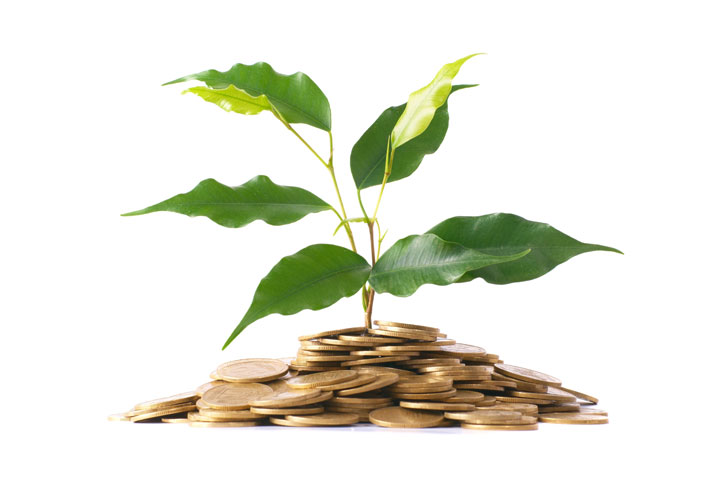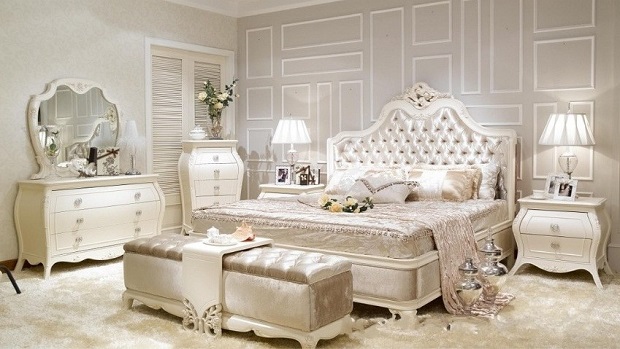A Beginner’s Guide to Pastel Art
Pastel is a medium enjoyed by artists for centuries and is known for its delicate, ethereal qualities. Whether you are an experienced artist looking to learn more about pastel techniques or a beginner just starting, this guide will help you explore the different pastel supplies and how to choose the right ones to create beautiful works of art.
What Are Pastels?
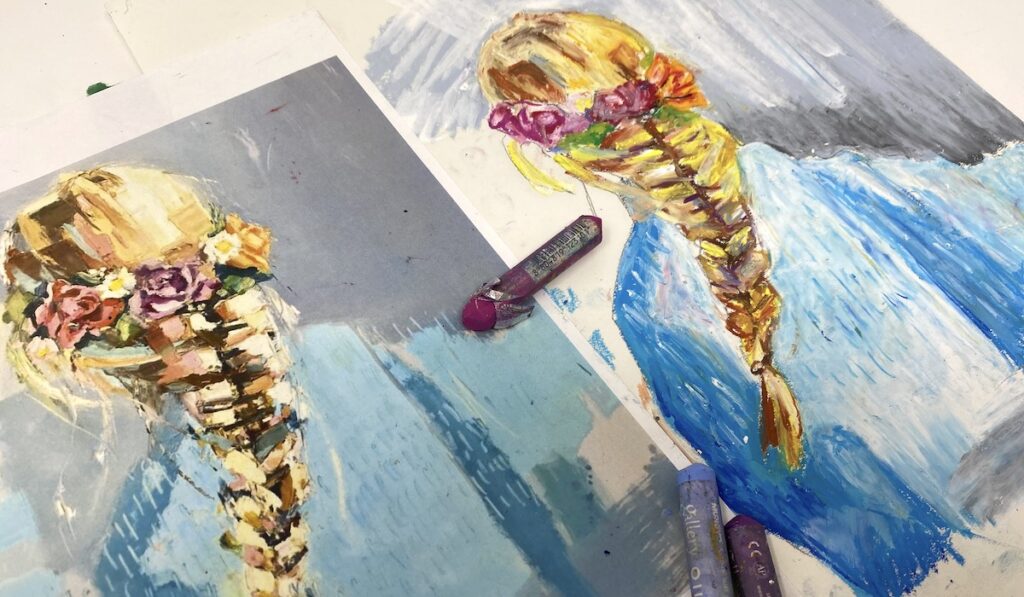
Pastels are a medium used in art that consists of sticks of pigment mixed with a small amount of binder. They’re similar to chalk but are softer and more delicate. Pastels are available in a wide colour range, made by mixing pigment with a binder such as gum arabic or methylcellulose and rolling the mixture into a stick shape. You can use pastels to create various effects, from delicate, translucent layers to bold, vibrant strokes.
Why Do Artists Use Pastels?
Because of their versatility and ease of use, pastels are a favoured choice among artists. Artists use them on various surfaces, including paper, board, and canvas, and blend and layer them to create a wide range of tones and shades. Pastels are also easy to transport and do not require special equipment, making them a convenient choice for artists who work on location. The conclusion is if you’re interested in trying your hand at art, pastels are a popular medium that artists of all ability levels like and are well worth investigating.
How to Choose the Best Pastels for You?
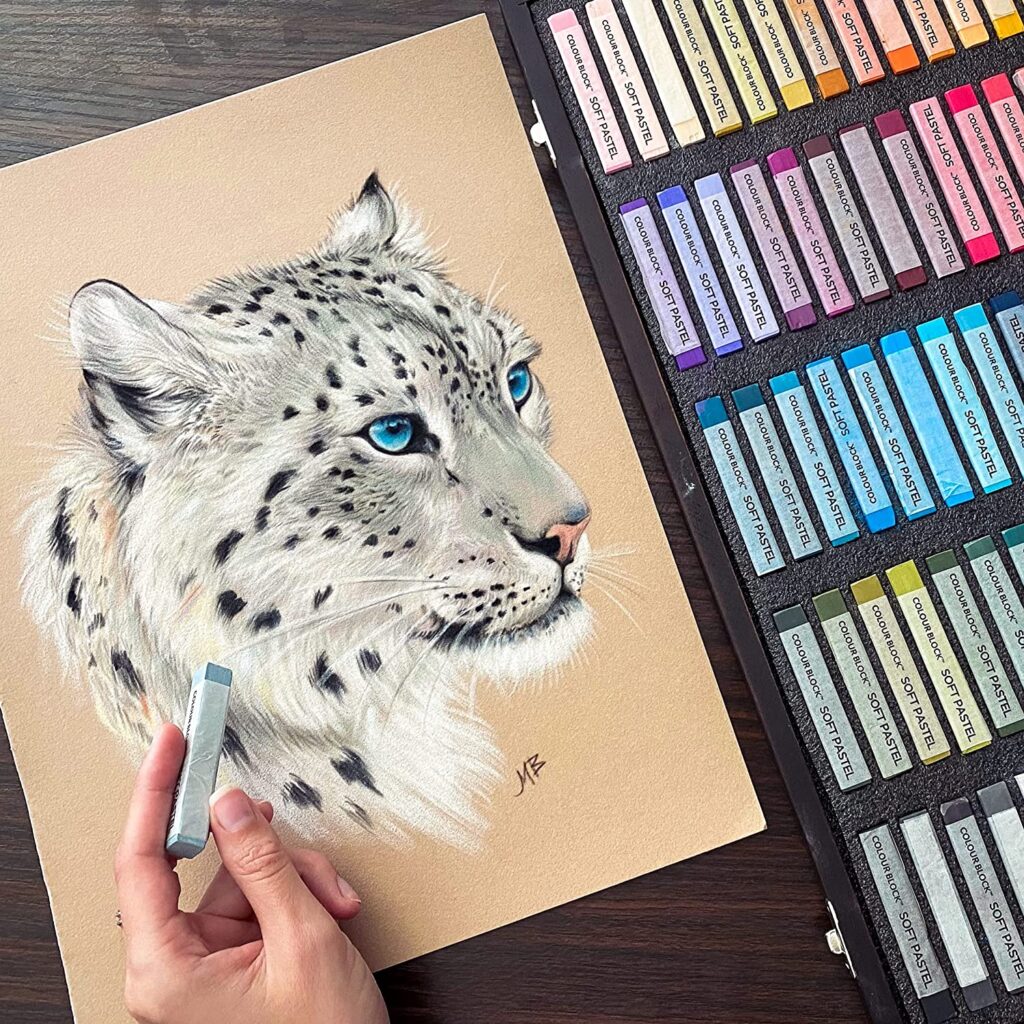
When searching for pastels online, you’ll come across different types available. The best pastels for you will depend on your individual preferences and needs as an artist. By considering the type of surface you will be working on, your preferred colour palette, and the size of the set you need, you can choose the perfect pastels to help you create beautiful works of art.
Decide on the Pastel Type
Pastels come in two forms: soft pastels and oil pastels. Soft varieties are the most traditional pastel structure made from a mixture of pigment, binder, and chalk. They are soft and crumbly and produce a powdery residue when used. Soft pastels are known for their vibrant colours and are a favoured option among professional artists.
On the other hand, oil pastels are made from a mixture of pigment and oil and have a creamy, waxy texture. They are easier to blend than soft pastels, not producing as much residue, but they aren’t as vibrant in colour.
Consider Your Surface
When choosing pastels, it is crucial to consider the surface you will be working on and select the appropriate type of pastel accordingly. Soft pastels are best suited for use on paper, as their delicate, powdery nature can cause the surface to become damaged or smudged if used on a stiffer canvas. Oil pastels are better suited for use on canvas or board, as the oil binder in the pastels helps to hold the pigment in place and prevents the surface from becoming damaged.
Consider Your Preference and Style
Your personal preference and style will immensely impact the choice of pastels you make. Do you like bold, vibrant colours or more subtle, muted tones? If you prefer bold and vibrant, soft pastels may be the better choice for you, as they are known for their bright, intense hues. If you prefer more subtle, muted tones, oil pastels might be a better option, as they are known for their softer, more subdued colours.
Consider the Size of the Pastel Set
Pastels are available in various sizes, ranging from smallish options with just a few colours to extensive collections with dozens of shades. It can be helpful to start with a smaller set to get a feel for the medium before investing in a more expansive pack if you are just beginning with pastel art or using them for a DIY craft project. As you become more comfortable with pastels and develop your skills, you can always order more pastels online and add them to your collection as needed.
Other Tools and Supplies
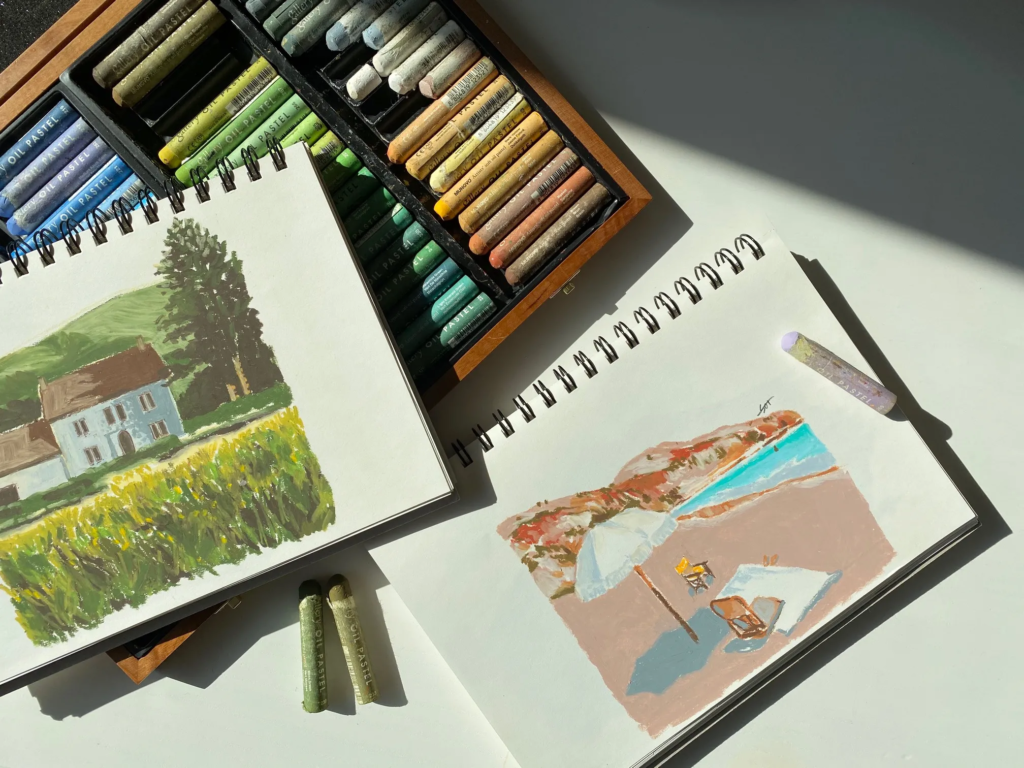
You may need a few other tools and supplies when working with pastels. These might include:
- Drawing paper or pastel paper – you can use pastels on various surfaces, including drawing paper and pastel paper, and even cardboard or canvas. Pastel paper is specially designed to hold onto pastel pigment and can be a good choice for beginners. There are many types of pastel paper available, including sanded paper, which has a slightly rough surface that helps to hold onto the pastel pigment, and unsanded paper, which has a smoother surface that is better suited for more delicate work.
- Fixative – you can spray this to help set pastel pigment in place and prevent it from smudging or rubbing off. It’s practical if you plan to frame your pastel artwork or handle it frequently.
- Blending tools – you may blend pastels using your fingers or a blending tool, such as a tortillon (a pointed, paper blending tool) or a makeup sponge. These tools can help you create smooth, seamless transitions between colours and a more polished look for your artwork.
- Palette knife – this can be used to mix and blend pastels or create textured effects in your artwork.
- Kneaded eraser – this is a soft, pliable eraser moulded into different shapes. It can lighten or remove pastel pigment or create highlights in your artwork.
- Masking tape – you could secure your pastel paper to a board or easel to prevent it from slipping or moving while you work with masking tape.
Get Started
To get started with pastel art, choosing the proper materials is essential. Pastels come in soft, medium, and hard varieties, and it is a good idea to try out different types to see which works best for you. It is also crucial to have a good quality paper or pastel board to work on and a fixative to help set the pastels and prevent smudging. Once you have the necessary supplies, you can begin practising basic techniques such as blending, layering, and adding texture. With some patience and practice, you will be well on your way to creating beautiful pastel artwork.
